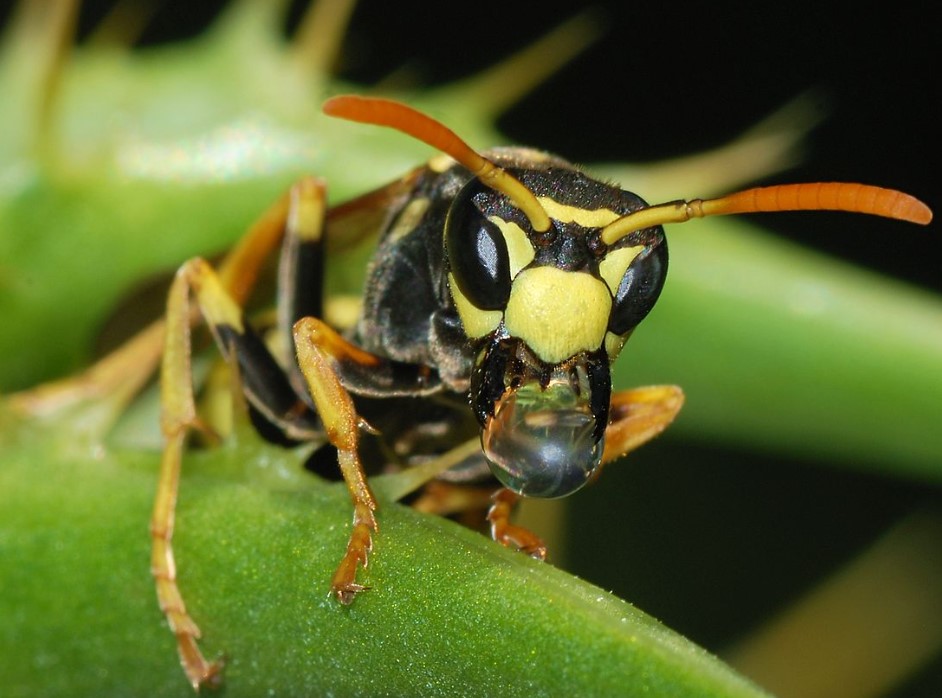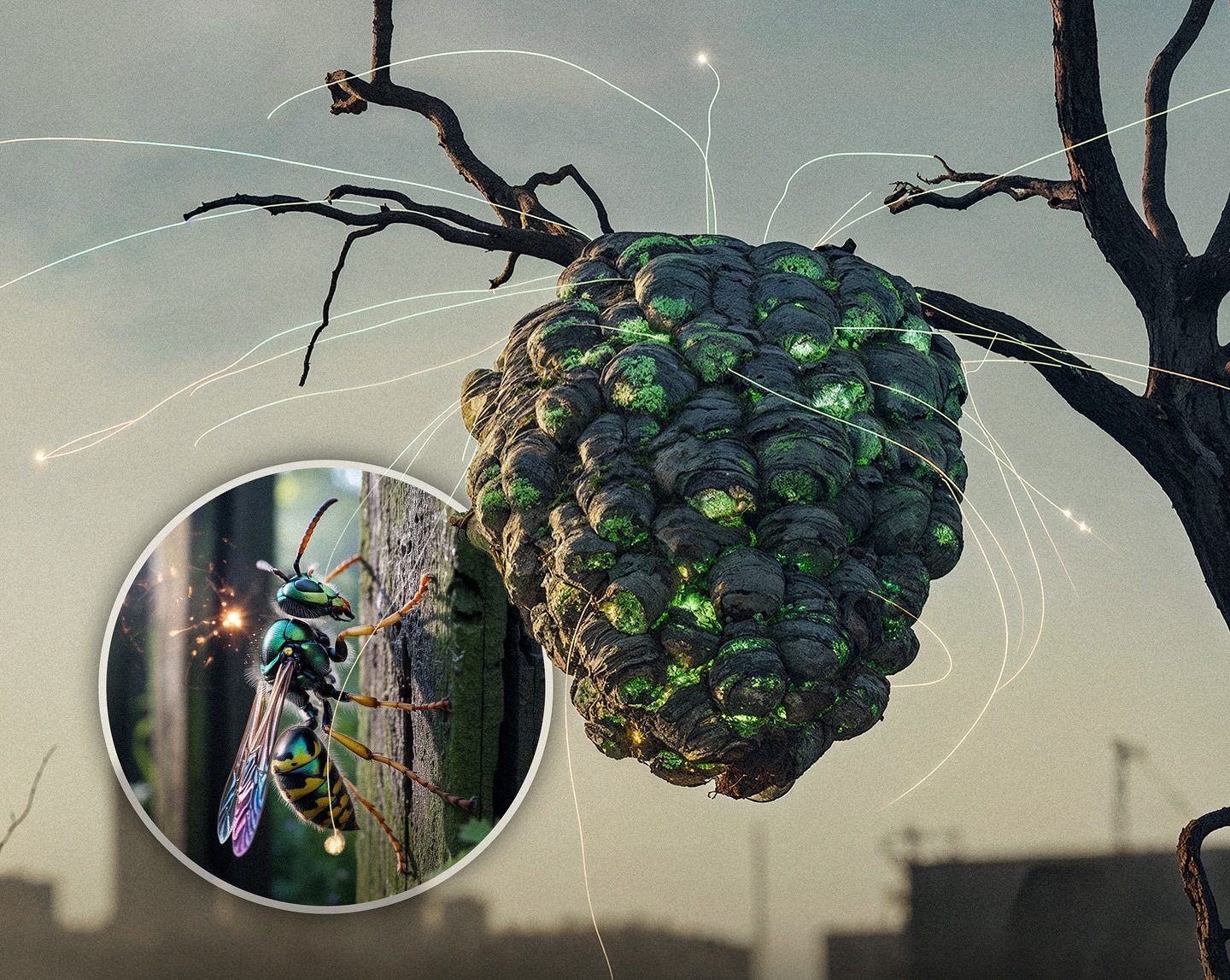A Radioactive Wasp Nest Was Just Found at a Former U.S. Nuclear Weapons Site—and It’s More Than Just a Weird Bug Story
I couldn’t believe it when I read the headline—“Radioactive Wasp Nest Found at U.S. Nuclear Weapons Site.” For a second, I thought it had to be one of those exaggerated social media posts meant to grab attention. But as I kept reading, it got more surreal, more fascinating, and honestly, more terrifying. This wasn’t fiction. It wasn’t a sci-fi movie plot. This actually happened at the Savannah River Site in South Carolina, a place with a long and complicated history tied to America’s nuclear past.
If you’re not familiar with the Savannah River Site, it’s a former nuclear weapons facility spanning over 300 square miles near Aiken, South Carolina. Built in the 1950s during the Cold War, it was where the U.S. manufactured plutonium and tritium—key ingredients for nuclear bombs. While bomb production ceased decades ago, the cleanup is still ongoing. Old waste tanks, some still holding more than a million gallons of nuclear waste, are a stark reminder of just how dangerous and long-lasting this technology really is.
Now, let’s talk about the wasp nest.

On July 3, 2025, during a routine radiation check near one of these tanks, a worker found a wasp nest that was oddly situated on a wooden post. At first, it seemed like any other nuisance you’d find outdoors in the summertime. But when they tested the area, the nest showed radiation levels more than ten times the safety threshold. That’s right—a nest made by tiny, buzzing insects was glowing with contamination left over from Cold War-era weapons manufacturing.
According to the Department of Energy and media reports, the nest itself was promptly sprayed with insecticide and removed for disposal as radiological waste. The wood it was attached to also got tossed in the radioactive trash bin. But no one really expected this. Not only had the nest become radioactive, but the very fact that it could happen raises some chilling questions.
Wasps, as it turns out, are resourceful builders. They chew up wood fibers to create papery nests. If the wood they used was contaminated—or even just coated in radioactive dust—it’s not hard to imagine how their little home could end up glowing, figuratively speaking. This wasn’t the first time something like this was discovered at Savannah River Site either. According to historical records, radioactive bees and bird nests have also popped up over the years in contaminated zones. But this is one of the most recent and dramatic cases to come to light.

What’s even more interesting—or disturbing—is that this wasn’t a result of any new radiation leak. The tanks and surrounding soil were tested and found to be within safe limits. That means the radioactive material was probably already present, long settled into the environment, just waiting for something—like a wasp—to stir it up again. It’s a haunting reminder that even after decades, we still live with the consequences of the nuclear age.
The Department of Energy says the contaminated nest posed no threat to the public, and in fairness, it didn’t hurt anyone. But environmental watchdogs like Savannah River Site Watch have criticized the government for failing to provide deeper insight. What kind of wasps were they? Was this a one-off, or are more radioactive nests out there? Could these insects carry the contamination beyond the site?

I grew up near forested land, and we had wasp nests under our porch every summer. The idea that one of those could be radioactive—simply because of where it was built—is downright eerie. It’s a reminder of how nature and industry collide in unpredictable ways.
Even more unsettling is how long nuclear contamination lingers. Soil doesn’t forget. Wood doesn’t forget. And apparently, wasp nests don’t either. The waste buried in tanks at the Savannah River Site is supposed to be handled over the next few decades, but progress is slow. The Department of Energy’s budget, political decisions, and engineering challenges all make it a painfully slow process. And as this wasp nest proves, nature doesn’t wait for bureaucracy.

This also makes you wonder—what else is out there? How many seemingly harmless parts of the environment are quietly absorbing contamination from the past? We’re talking about a site where tritium, cesium, and other nuclear byproducts were manufactured for decades. And while cleanup has come a long way, the past is always lurking just beneath the surface—sometimes literally.
The nest was eventually disposed of safely, and no human was exposed to the radiation, according to all reports. But the incident triggered a series of safety reviews and reignited calls for more transparent monitoring of wildlife and insect activity around the site. Environmental groups want the Department of Energy to install more sensitive surveillance tools and invest in independent testing.
And maybe they should. Because while it’s easy to laugh at the idea of a “radioactive wasp nest,” the reality is sobering. We’re not just dealing with the legacy of war and weapons—we’re dealing with something much bigger: the intersection of history, nature, and responsibility.
It’s not the kind of story you expect to read on a Tuesday afternoon, but it sticks with you. And maybe it should. Because if a wasp nest can absorb the ghosts of nuclear past, then surely we can absorb the lesson: what we leave behind doesn’t stay behind. It finds its way back to us—in nests, in roots, in water, and air. And it will keep returning until we finish what we started and clean it up for good.
So next time you see a wasp buzzing around your backyard, maybe give it a second look. Not because it might be radioactive—but because it’s a strange, buzzing symbol of how interconnected we really are with the world we’ve shaped—for better or worse.

